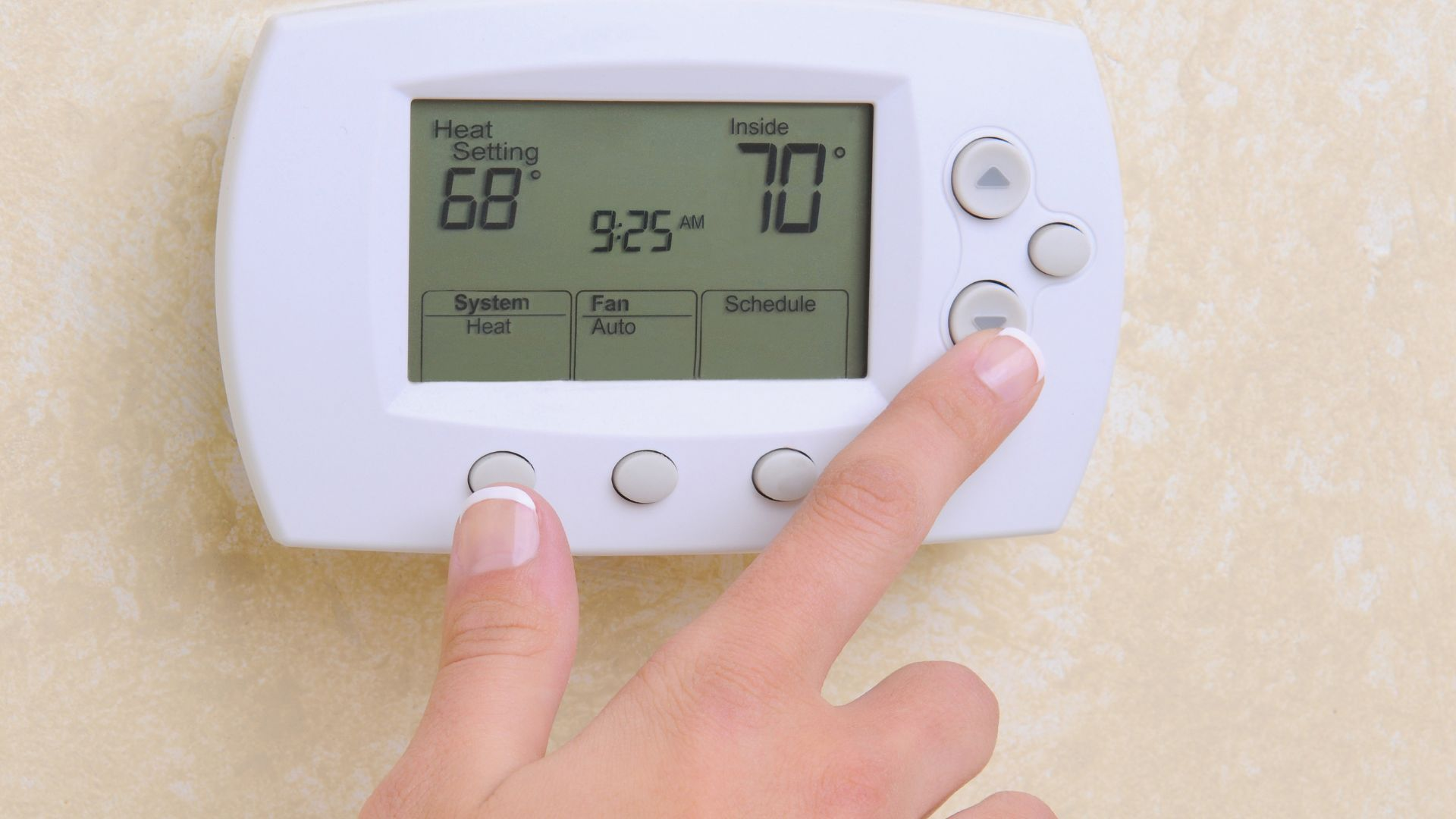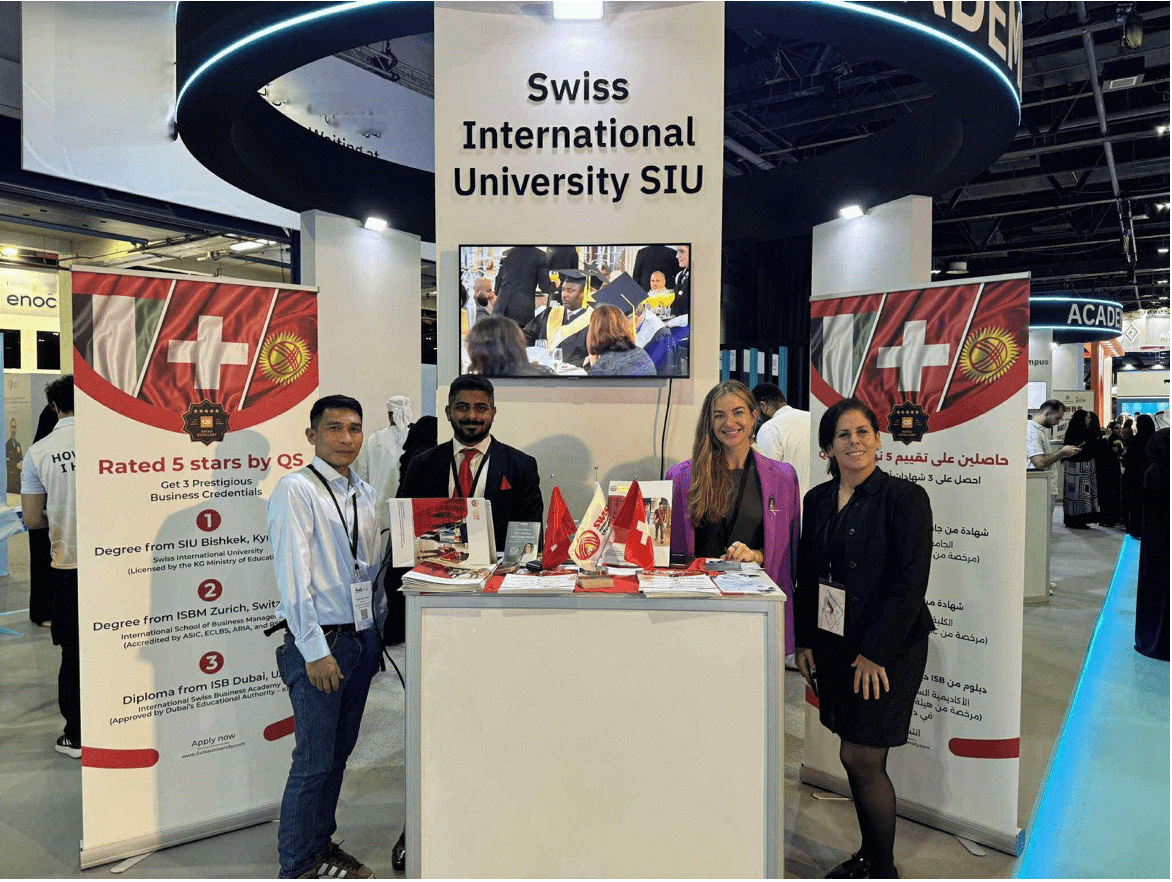World
Cool Comfort, Lower Bills: Finding the Perfect Summer Thermostat Setting

As the summer sun blazes, finding the perfect balance between staying cool and managing your energy bills can feel like a never-ending struggle. The thermostat, often the unsung hero of our comfort, plays a crucial role in this balancing act — setting it too low can lead to sky-high energy costs, while a higher setting might leave you sweltering — but finding that sweet spot doesn’t have to be a guessing game.
“With a bit of knowledge and a few smart adjustments, you can enjoy a comfortably cool home without the shock of high utility bills,” assures Melanie Powers, president of Goodberlet Home Services. Whether you’re dealing with an old manual thermostat or the latest smart model, understanding how to optimize your settings can make a significant difference.
Understanding thermostat basics
Understanding the basics of your thermostat is essential for effective temperature management and energy savings. There are three primary types of thermostats to consider. Manual thermostats are the simplest and most budget-friendly, but they require you to adjust the temperature manually each time and lack the convenience of automated adjustments.
Programmable thermostats, on the other hand, allow you to set specific temperatures for different times of the day or week. This means you can reduce cooling when you’re not at home and increase it before you return, helping to conserve energy and lower bills.
The most advanced option is the smart thermostat, which can be controlled remotely through a smartphone app and often comes with features like learning your schedule and providing energy usage reports. Smart thermostats can even integrate with other smart home devices for improved efficiency.
The thermostat setting you choose affects your energy consumption significantly. “Lower settings make your cooling system work harder, increasing energy use and costs,” shares Powers, “while higher settings reduce energy consumption but may impact comfort if set too high.” Finding the right balance is key to maximizing comfort while minimizing costs.
Ideal thermostat settings for summer
Finding the right thermostat setting for summer is crucial for balancing comfort and energy efficiency. According to the U.S. Department of Energy, “You can save as much as 10 percent a year on heating and cooling by simply turning your thermostat back 7°-10°F for 8 hours a day from its normal setting.” This temperature is warm enough to keep your cooling system from overworking while still being cool enough to maintain comfort during the heat of summer.
“The problem is, you don’t want to overwork your air conditioner because that’s where problems come in,” Powers notes. “AC units are designed to make your homes roughly 20 degrees Fahrenheit cooler than outdoor temperatures, so even if temperatures are in the 90s — say, 98° F — you shouldn’t set your thermostat any lower than 78° F.”
It’s also important to consider factors that influence the ideal setting, such as room size, insulation quality, and outside temperature. Homes with better insulation may remain comfortable at higher thermostat settings, while those with less insulation may require a lower setting to maintain comfort.
By adjusting your thermostat based on these factors and following these guidelines, you can achieve a comfortable indoor environment while keeping your energy bills in check.
Tips for maximizing efficiency
Maximizing your thermostat’s efficiency involves more than just setting it to the right temperature. Here are several strategies to help you get the most out of your cooling system while keeping energy costs down.
Finding the perfect thermostat setting for summer is more than just a matter of comfort; it’s a key factor in effectively managing your energy bills. By setting your thermostat to no more than 20 degrees Fahrenheit lower than the outdoor temperature, as Powers suggests, when you’re at home and adjusting it to higher temperatures while you’re away or asleep, you can strike a balance between staying cool and saving on energy costs. Utilizing programmable and smart thermostat features allows for customized temperature management, further enhancing efficiency.
Additionally, improving your home’s insulation, ensuring proper ventilation, and maintaining your HVAC system are essential steps in maximizing your cooling system’s performance. With these strategies, you can enjoy a comfortably cool home throughout the summer while keeping your energy bills under control.
“Remember,” Powers concludes, “small adjustments and mindful practices can lead to significant savings and contribute to a more sustainable lifestyle.” So, take the time to assess and adjust your thermostat settings — your wallet and the environment will thank you.
World
Swiss International University Enhances Student Employability with Major Global Collaborations

New collaborations with Citibank, Abu-Ghazaleh Global, RAK Properties, and others strengthen SIU’s commitment to connecting academic learning with global career opportunities.
Swiss International University (SIU) has already informed about the new corporate partnerships that will start in October 2025 and that they will provide students with better access to internships, training programs, and job opportunities in various fields.
The new partnerships are aligned with SIU’s goal to combine education with the real world, as they ensure that the graduates are equipped with the required knowledge, skills, and professional exposure to be successful in the global economy of today.
In the last few weeks, SIU has formed alliances with several major companies, including those from the banking, business, hospitality, real estate, and consulting sectors. The students will be actively involved in each collaboration through internships, practical training, and the career opportunities that will be given to them during or after their studies.
Among the key collaborations are
Citibank, where students of the business and finance fields will get to experience international banking operations through special training and possible hiring programs.
Abu-Ghazaleh Global has given SIU’s programs its official blessing and access to practical experience in global business, accounting, and consulting.
RAK Properties is going to give real estate and business students a chance to learn about property development, investment, and project management.
The Signature Inn Hotel Al Riqa L.L.C. offers students of hospitality a chance through real-life interrelated scenarios to gain the knowledge of front-office operations and guest management.
Al Shabaka International Businessmen Services is opening a door for the students to meet the professionals involved in global business consulting and administration.
Galadari Motor Driving Center, where students will get a clear insight into corporate management, customer relations, and operational efficiency.
Women’s First Jobs is going to help female students and graduates through career counseling, professional networking, and empowerment initiatives.
MyFounders.Club Global is building up the students and aspiring founders in terms of innovation and entrepreneurship by taking them through the process of developing and launching new ventures.
Revival AE Project Development Consultant Co., L.L.C., where students will be working on consulting for sustainable projects and environmental management.
“The partnerships that we have formed represent our commitment not only to the business world but also to the world of academia,” said the Head of Swiss International University. “We are aspiring to equip every student in SIU with the power to win the global job market through robust academic credentials, practical exposure, and a web of real opportunities. Our target is not a teacher-student relationship whose only need is the job—our students will be the ones making changes in the various fields of tomorrow.”
The academic world and the global market are the two areas where SIU, collaborating with partners at the present time, shows the institution’s continued commitment to creating a career-oriented academic environment where learning takes place beyond the walls of the classrooms.
The deadline of October 2025 is approaching, but the university is still looking to make new strategic partnerships to grow its network of global partners. It is clear from the continuous activities of the university that it is striving to offer its students worldwide the possibility of not only utilizing their skills but also being a part of the industry via employment and thus empowering them to make a difference in international markets.
-

 Tech5 years ago
Tech5 years agoEffuel Reviews (2021) – Effuel ECO OBD2 Saves Fuel, and Reduce Gas Cost? Effuel Customer Reviews
-

 Tech6 years ago
Tech6 years agoBosch Power Tools India Launches ‘Cordless Matlab Bosch’ Campaign to Demonstrate the Power of Cordless
-

 Lifestyle6 years ago
Lifestyle6 years agoCatholic Cases App brings Church’s Moral Teachings to Androids and iPhones
-

 Lifestyle5 years ago
Lifestyle5 years agoEast Side Hype x Billionaire Boys Club. Hottest New Streetwear Releases in Utah.
-

 Tech7 years ago
Tech7 years agoCloud Buyers & Investors to Profit in the Future
-

 Lifestyle5 years ago
Lifestyle5 years agoThe Midas of Cosmetic Dermatology: Dr. Simon Ourian
-

 Health7 years ago
Health7 years agoCBDistillery Review: Is it a scam?
-

 Entertainment6 years ago
Entertainment6 years agoAvengers Endgame now Available on 123Movies for Download & Streaming for Free
